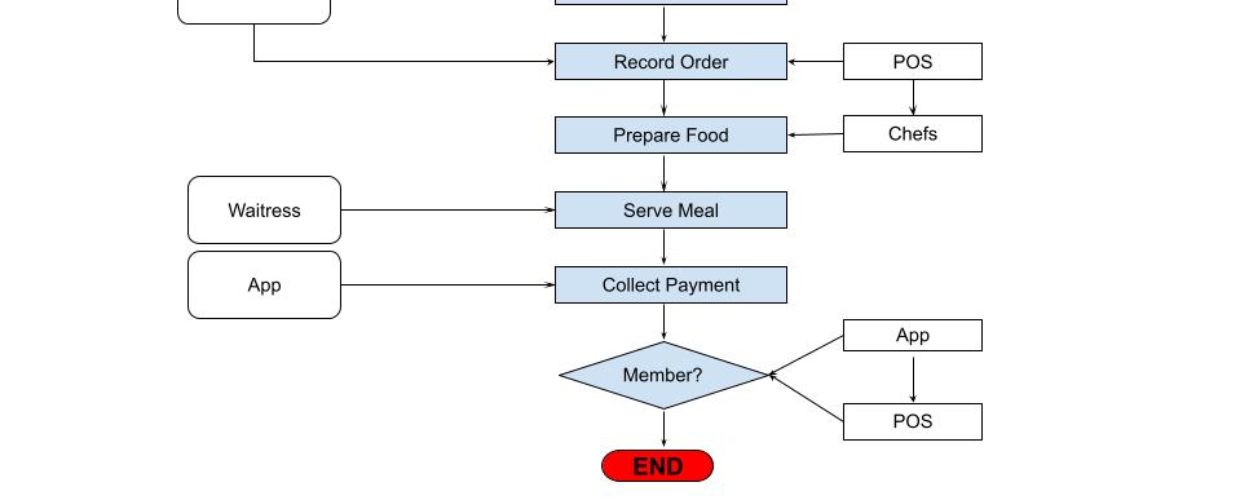Job and Process Redesign goes hand-in-hand with digitalization, process automation, age management, business expansion...like water is for fish and EDG grants (80% for SMEs) can defray part of your costs in this productivity improvement journey.
Aggravated by the pandemic and incentivized by government grant, many SMEs (Small and Medium Enterprises) rushing to digitalize their operations, especially those in the food and beverages and retailing segments may find their job and business processes not able to cope with the new business practices.
Though some of the digitalization solutions have much room for improvements, it is an opportune time to look for a suitable and comprehensive digital solution to improve your operation and to keep up with your competitors.
However, a complete digital / automation solution is not just installing a software, it involves streamlining and redesigning the current work processes and job responsibilities for the current staff, majority of whom may be of mature age. Instead of retrenching your staff, job re-design may upgrade their skills for quality assurance, mentoring the young and ensuring the seamless cooperation of men and machines. There are many government grants that help workers to be trained for new and/or related responsibilities.
Some industries are more urgent than others due to further restriction on foreign labor, technological disruption, rapidly changing industrial environment and government macro-economic planning, for example, construction and renovation, food and beverages, retailing and business services.
If you are not sure about what digital / automation solutions may best suit your business needs, you may want to call us for a chat!
Our EDG job and process redesign projects may enhance your digitalization and automation endeavor and may include the following job scope:
-
- Review of existing practices & workflows
- Identification of process strengths, weaknesses, and areas of improvement
- Assessment of current performance measured by productivity indicators
- Development of a productivity measurement system
- Development of a detailed roadmap of actions for further improvement
- Implementation of pilot runs/trials of the recommendation



